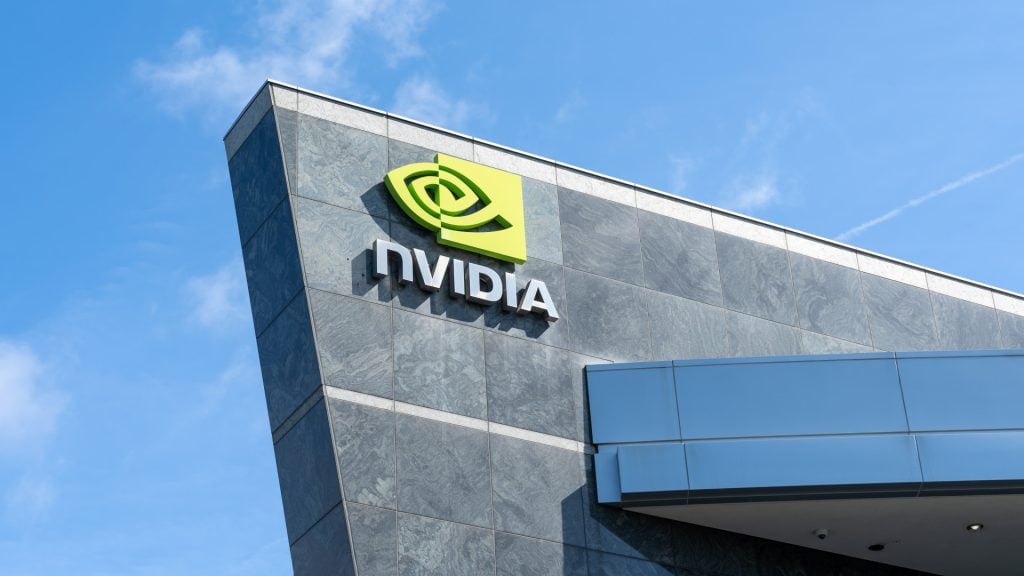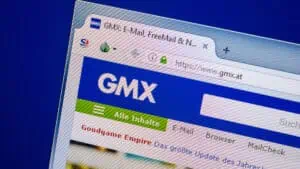The chip company Nvidia continues to benefit enormously from the AI boom – but has disappointed Wall Street’s high expectations with its business outlook. In addition, some questions about a change in the production process for the next chip system called Blackwell remained unanswered.
Investors caused the share price to fall by around seven percent in US after-hours trading.
Just a few years ago, Nvidia was primarily known to gamers as a provider of graphics cards. But then it turned out that the technology behind it was also ideal for applications with artificial intelligence.
Nvidia’s chips thus became a key technology for the future of AI – and the company became a high-flyer with a market capitalization of around three trillion dollars. Since the beginning of the year alone, the share price has risen by around 150 percent. Many Nvidia employees have become multi-millionaires thanks to their share packages.
“Watch party for quarterly report
The latest quarterly report was eagerly anticipated as a major event that could move the entire market. In a bar on New York’s Sixth Avenue, some fans even organized a “watch party”, as is usually done for top-class sporting events.
However, after quarters in which Nvidia exceeded market expectations, there were no major surprises this time. Nevertheless, the record run continued. Turnover rose from 13.5 billion dollars in the previous year to a good 30 billion dollars – an increase of 122 percent and a good one billion dollars more than analysts had forecast on average. Nvidia thus followed on from the previous three months, in which sales jumped by 262 percent.
Quarterly profit shot up from a good 6.2 billion dollars to just under 16.6 billion dollars year-on-year. For the current quarter, the Group forecast a further increase in sales to 32.5 billion dollars – while analysts had expected an average forecast of just under 32 billion dollars. Nvidia would thus increase its revenue by around 75 percent year-on-year. However, some of the experts were even more optimistic.
Production change for next chip system
Following media reports about problems with the next Blackwell chip system, Nvidia CEO Jensen Huang said that changes had been made to the so-called mask, which is used to apply the chip structures to semiconductor boards. “The change has been completed, no functional changes were necessary,” he emphasized in a conference call with analysts.
Nvidia still plans to deliver Blackwell chips to customers in the final quarter of the current financial year, which runs until the end of January 2025, and expects to generate billions in revenue. Huang left open whether the change in the production process will lead to delays compared to the original plans.
New AI models are more power-hungry
Huang has been promoting Blackwell for months as a groundbreaking new development that will make teaching software with artificial intelligence much faster and cheaper. He cited ChatGPT as an example at the presentation in March. With the current Nvidia Grace Hopper generation, the chatbot could have been trained within three months with 8,000 chips and a power consumption of 15 megawatts. With Blackwell, this could be achieved in the same time with 2000 chips and 4 megawatts of power.
More complex new AI models could require 20 to 40 percent more energy than those in use today, Huang now emphasized. And the chatbots and image generators that are getting a lot of attention today are only “the tip of the iceberg” when it comes to the transformation brought about by artificial intelligence.
Among other things, Huang expects that in the future, all possible content that is retrieved from databases today will be freshly formulated by AI every time. This vision requires enormous computer resources.
Analyst: Customers buy everything Nvidia offers
At the same time, Nvidia tried to convince the stock market that it was not so urgently dependent on fast Blackwell revenues in order to grow. Demand for the current Hopper chip generation also remains strong. Some market experts agree. Customers “will buy whatever Nvidia sells,” said industry analyst Gil Luria from the financial firm D.A. Davidson on Bloomberg TV.
Originally, Nvidia technology was primarily used to train AI systems with huge amounts of data. In the meantime, Nvidia technology is also increasingly being used to generate content with the help of artificial intelligence, emphasized CFO Colette Kress. In the past quarter, this contributed more than 40 percent of the revenue of 26.3 billion dollars from the data center business.
This is potentially an even more stable business for Nvidia. This is because although the learning process requires a huge amount of computing power, it is only necessary once per AI model.
dpa












